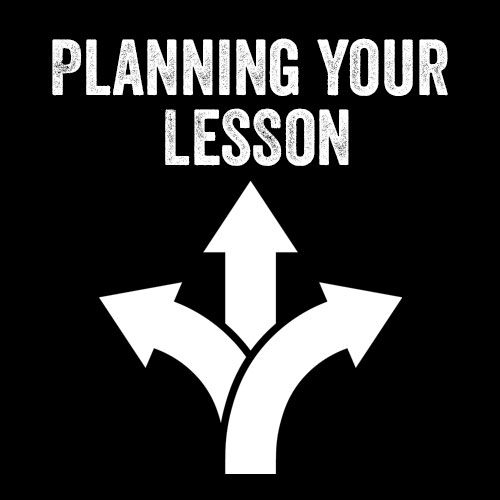Teaching someone to drive – your own teenager in particular – is one of those major life milestones that it’s possible to look forward with equal parts excitement and trepidation.
There’s a lot involved with not just teaching someone enough to pass their licence, but to set them up for a lifetime of safety on the roads. To determine whether you’re up for the challenge, ask yourself a few questions. Are you patient and good at explaining things, and able to give simple, clear instructions? Do you stay calm under pressure? Can you cope with other people making mistakes without losing your temper?
You also need to know the road code thoroughly and be willing to work through a wide range of steps and skills. It’s often a good idea to take a refresher lesson with a professional and brush up on your theory skills.
Here’s a basic list of things to consider in your role as driving instructor.






